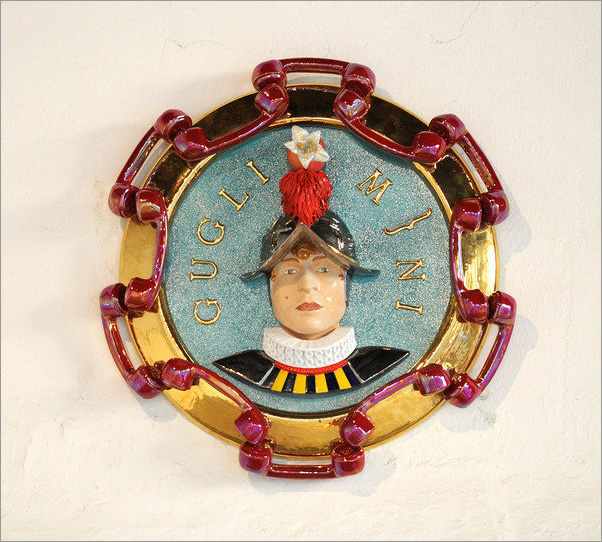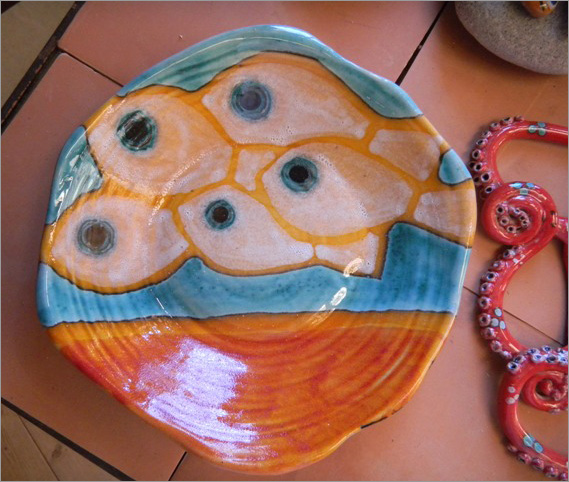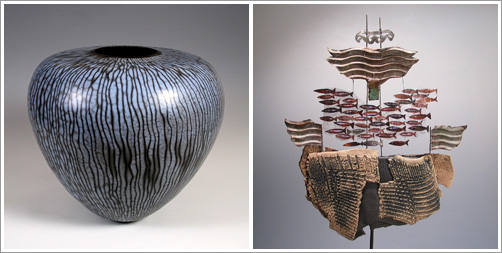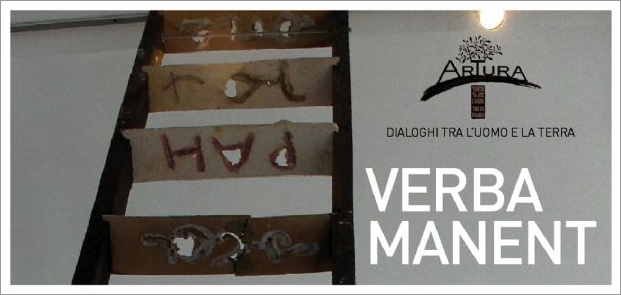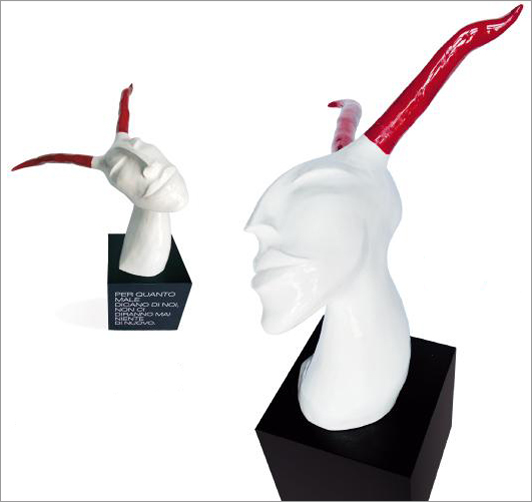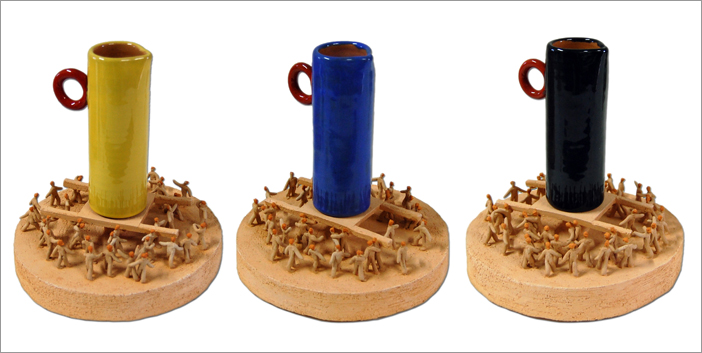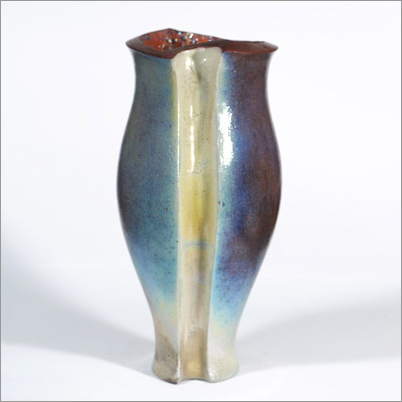August 6 – Sept. 10, 2011
Montefalco – Italy
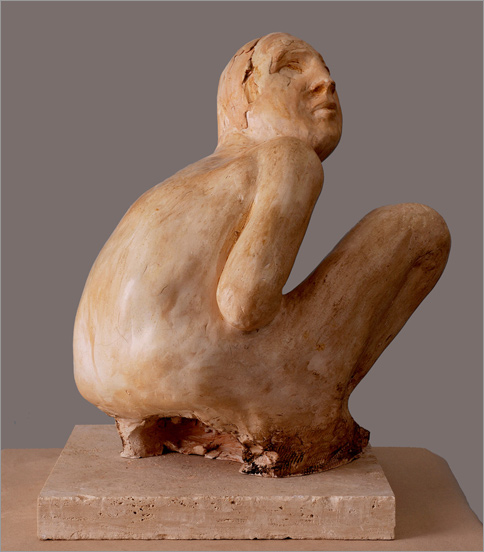 Make sure to save the date because this exhibition is not to be missed.
Make sure to save the date because this exhibition is not to be missed.
Alessandro Kokocinski is a powerful interpreter of the human soul, of its spiritual tensions and longings. His works exude pathos and drama: every feeling is allowed, except indifference.
The Russian fantastic world, the Latin America passion and realism, the 17th century Italian chiaroscuro blend in his paintings and surface from his sculptures, creating a wave of energy that grabs the staring viewer without any warning.
This exhibition will focus on the artist’s terracotta sculptures. The Bontadosi Art Gallery will host most of the works, but one, the large terracotta installation known as “Jacob’s ladder”, that will be set in the wonderful scenario of the former Church of Santa Maria in Piazza.

